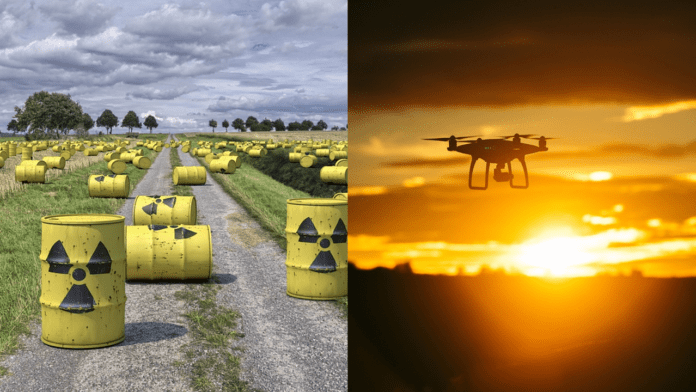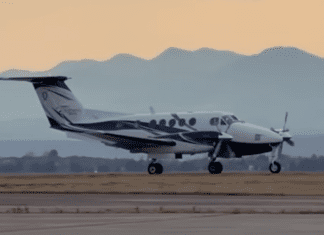This post is also available in:
 עברית (Hebrew)
עברית (Hebrew)
Recently, the US Army’s 7th Infantry Division has successfully tested a Stryker vehicle equipped with an innovative drone system that is designed to detect and neutralize nuclear, biological, and chemical (NBC) threats. This advanced vehicle, known as the Stryker Nuclear Biological Chemical Reconnaissance Vehicle (NBCRV), features the Army’s new Sensor Suite Upgrade (SSU), marking a significant leap in NBC detection capabilities.
The SSU enables the integration of an unmanned aerial vehicle (UAV) into the Stryker, enhancing its reconnaissance abilities on the battlefield. When a potential NBC threat is identified, a soldier within the NBCRV can launch the UAV, which is docked on the vehicle’s rear, using semiautonomous and waypoint navigation. The UAV can conduct multiple passes over the threat area to collect samples, and its bio-sensing payload works to quickly ascertain the presence of any NBC agents. The critical data gathered can then be relayed to commanders, facilitating informed decision-making that could save lives.
This modernized approach is part of a broader effort by the US Army Combat Capabilities Development Command (CCDC) and the Joint Program Executive Office for Chemical, Biological, Radiological, and Nuclear Defense (JPEO-CBRND) to enhance the capabilities of Stryker vehicles used by Chemical, Biological, Radiological, and Nuclear (CBRN) soldiers. The integration of six specialized chemical agent sensors into a unified package updates the NBCRV’s detection capabilities to meet current technological standards, ultimately preparing it for modern military operations.
By leveraging unmanned systems in conjunction with manned platforms, the NBCRV can perform remote and on-the-move detection, significantly reducing soldier exposure to CBRN threats. As these threats evolve rapidly, equipping soldiers with advanced technologies is essential for ensuring their safety and operational effectiveness in the field. This test represents a crucial step toward enhancing the Army’s capabilities in detecting and responding to emerging CBRN challenges.


























